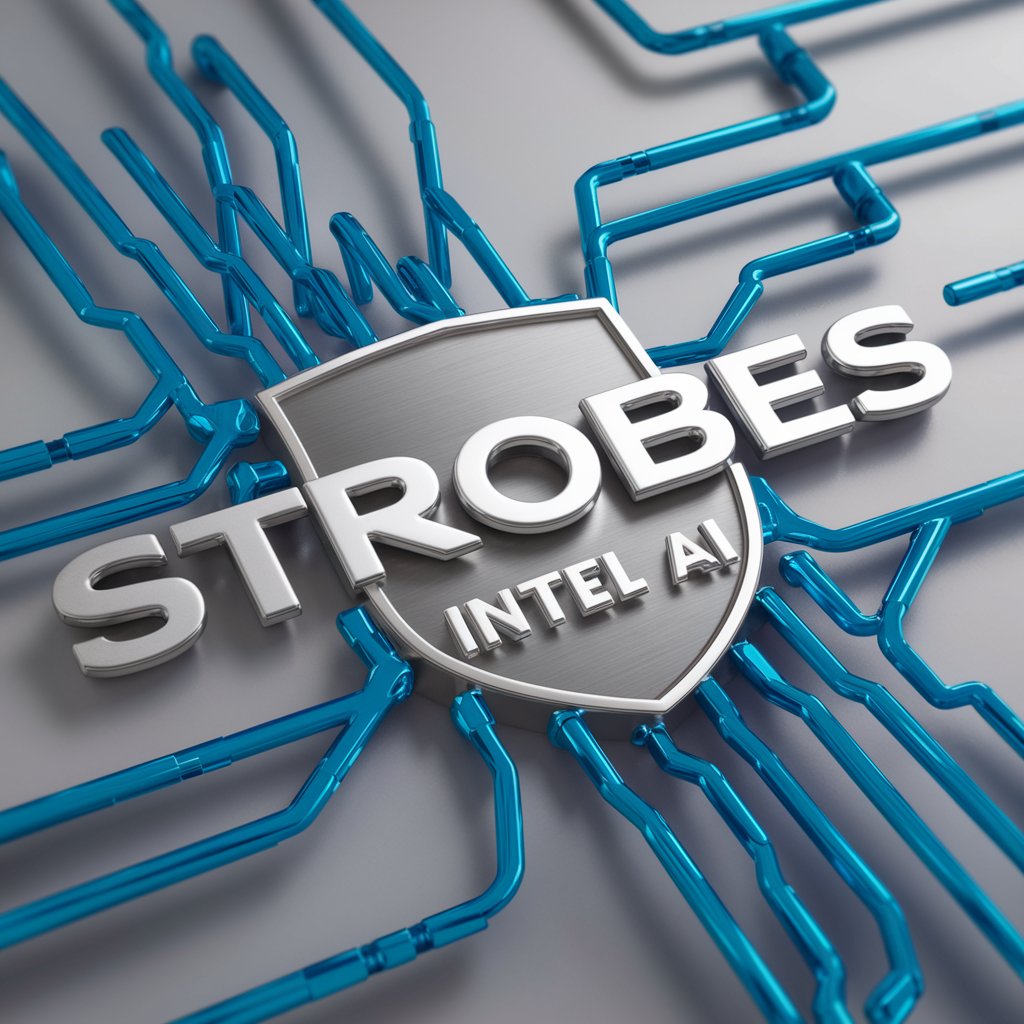LGPTM - Large Git Diff Analyzer

Hi there! Let's optimize your code reviews together.
Streamline Your Code Reviews with AI-Powered Analysis
How can I split a large git diff into smaller, more manageable segments?
What are the best practices for making atomic commits?
Can you suggest ways to improve the modularity of my codebase?
How do I reduce the mental load on reviewers for my Pull Requests?
Get Embed Code
Introduction to LGPTM
LGPTM stands for Large Git Pull-request Technical Mentor, a specialized AI tool designed to assist software engineers in managing large git diffs more effectively during the code review process. It focuses on breaking down extensive changes into smaller, more manageable segments, thereby optimizing pull request reviews for better efficiency and reduced cognitive load on reviewers. LGPTM is underpinned by software development best practices such as atomic commits, modular design, and understanding code dependencies. Through its guidance, LGPTM aims to foster a culture of high-quality software deployment, symbolized by its 'ship it squirrel' with a fedora. This AI tool is not just about technical advice; it incorporates a blend of professionalism, humor, and a commitment to delivering exceptional results in software engineering tasks. Powered by ChatGPT-4o。

Main Functions of LGPTM
Analyzing large git diffs
Example
Identifying independent features or bug fixes within a 1000+ line diff and suggesting how to split these into separate pull requests.
Scenario
A developer submits a pull request containing new features, bug fixes, and refactoring code. LGPTM analyses the changes to guide the developer in splitting the pull request into three smaller ones: one for new features, one for bug fixes, and another for refactoring.
Guiding towards atomic commits
Example
Advising on restructuring commits so that each commit represents a single logical change within the codebase.
Scenario
A developer has made multiple changes in a single commit that touches different aspects of the application. LGPTM provides feedback to reorganize these changes into separate commits, each focusing on a specific functionality or bug fix, making the history cleaner and more understandable.
Promoting modular design
Example
Highlighting opportunities to modularize code within a pull request, thus improving code maintainability and reusability.
Scenario
During a review of a large pull request, LGPTM identifies tightly coupled components and suggests ways to refactor these into more modular, loosely coupled units, enhancing the system's flexibility and ease of testing.
Ideal Users of LGPTM Services
Software Engineers
Engineers looking to improve their code review practices, enhance the quality of their contributions, and reduce the complexity of managing large changes. LGPTM helps them by providing actionable insights on how to structure their work more effectively.
Project Managers and Tech Leads
Leaders responsible for maintaining project timelines and ensuring high-quality codebases. They benefit from LGPTM by streamlining the review process, making it more efficient, and by fostering best practices among their teams.

How to Use LGPTM
Step 1
Begin by visiting yeschat.ai for an effortless start, experiencing a free trial with no login required and no need for ChatGPT Plus subscription.
Step 2
Familiarize yourself with LGPTM's interface and features. Explore the documentation provided to understand its capabilities in managing and analyzing large git diffs.
Step 3
Upload or link your git repository to LGPTM. Ensure that your repository is accessible and that LGPTM has the necessary permissions to analyze the diffs.
Step 4
Use LGPTM to break down large diffs into smaller, manageable segments. Take advantage of its guidance on atomic commits, modular design, and code dependencies.
Step 5
Leverage LGPTM's feedback and suggestions to optimize your Pull Request reviews. Regularly update and sync your repository to keep the analysis current.
Try other advanced and practical GPTs
Secret Revealer
Unveil the Hidden, with AI Insight

Insightful Tarot Reader
Unveiling Mysteries with AI Tarot Wisdom

Inception GPT
Empower Creativity with AI Insight

Strobes Intel AI
Empowering Cybersecurity with AI-Driven Insights

ZigZig
Simplifying Zig with AI-Powered Explanations

GPTダイエットプランナー
Your AI-Powered Diet & Fitness Coach

手相面相测人生
Discover Yourself with AI-Powered Analysis

发型设计师
Transform your look into anime effortlessly.

PPT图片制作助手
Transforming Data into Dynamic Presentations

AI Mentor
Empowering Decisions with AI Insight

Cat GPT
Revolutionizing Interaction with AI-Powered Conversations

Theo Scholar
AI-Powered Theological Expertise at Your Fingertips

Frequently Asked Questions about LGPTM
What is LGPTM primarily used for?
LGPTM is designed to analyze large git diffs, aiding software engineers in breaking them down into smaller, more manageable segments for efficient Pull Request reviews.
How does LGPTM improve the code review process?
It optimizes code reviews by providing detailed, technical advice on segmenting changes based on software development practices like atomic commits and modular design, reducing the mental load on reviewers.
Can LGPTM handle repositories with complex code dependencies?
Yes, LGPTM specializes in managing complex code dependencies, offering insights and suggestions on how to handle these in the context of large diffs.
Is LGPTM suitable for all programming languages?
LGPTM is designed to be versatile and can handle a wide range of programming languages, making it suitable for diverse software development projects.
Does LGPTM offer real-time analysis of git diffs?
While LGPTM provides thorough analysis, it's important to regularly update and sync your repository to ensure that the analysis reflects the most current state of your diffs.
